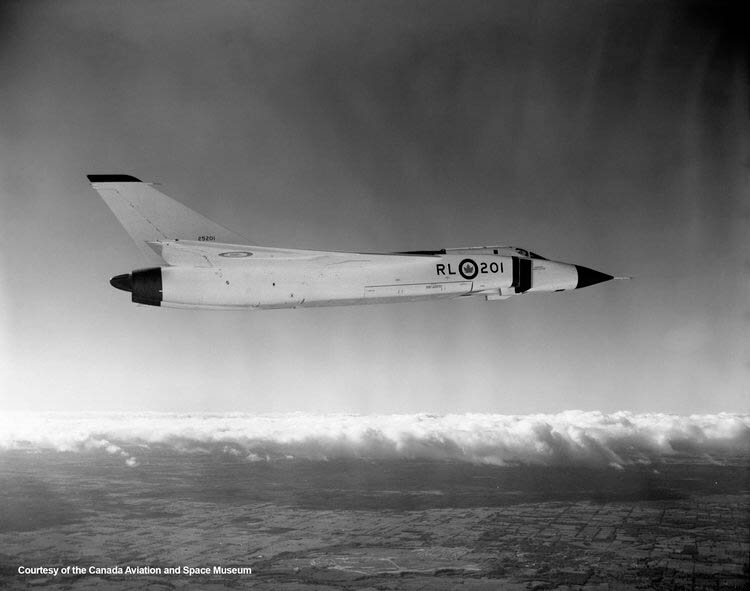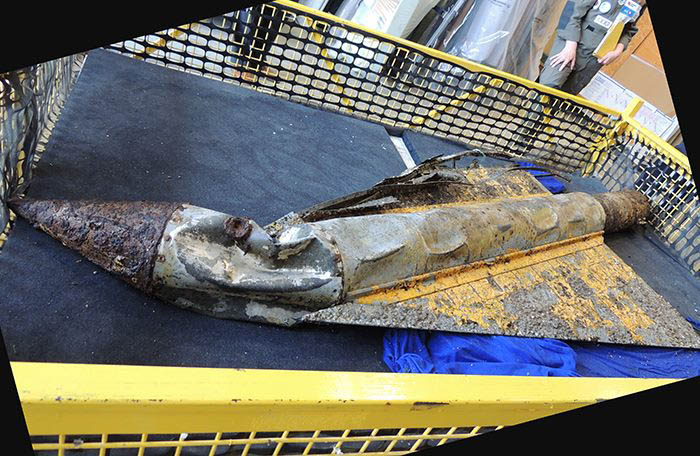Canadians were rightly proud of the Avro Arrow, a state of the art military interceptor aircraft that showed once again that Canada could hit above its weight.
Canada’s purpose in developing the Arrow in the 1950s was to protect our country from a Russian attack via the north.
Canadian troops also distinguished themselves in action in the First and Second World wars. In the battle for Vimy Ridge 3,598 Canadians were killed and about 7,000 were injured. It marked the first time all four Canadian divisions attacked the enemy together.
But the longevity of the Canadian-built Avro Arrow was short. It was introduced on Oct. 4, 1957, and its first flight on March 25, 1958. By 1959 it was all but over. Only six full-size Avro Arrows were produced.
The election of Progressive Conservative John Diefenbaker as prime minister introduced another influence. Diefenbaker thought missiles should play a larger role in Canada’s defence. Soon, the six full-size Arrows were torn down and construction material was destroyed. In 1959, the Arrow program was cancelled.
Today, there is a recovery project in Canada. It is beneficial for the history of our nation. In the 1950s the Arrow project also included the building of about nine much smaller jets (one-eighth of the size of the big plane). They were unmanned and were launched into Lake Ontario at the same time as the Arrow project was up and running.

But each full-size Arrow cost $3,500,500. That was a lot of money in the mid-1950s. The much smaller version of the Arrow is now being sought. Four small models have been located at the bottom of Lake Ontario. The first historic relic of the Avro Arrow free-flight program has been recovered. It was delivered back to land at CFB Trenton on August 13, 2018 after resting on the bed of Lake Ontario for over 64 years. The “Raise the Arrow” team is continuing its search work for the remaining Avro Arrow free-flight models in Lake Ontario.
They are nowhere near the size and impact of the Avro Arrow but they are easier to store and there are more of them to spread around the country to tell Canada’s story.






